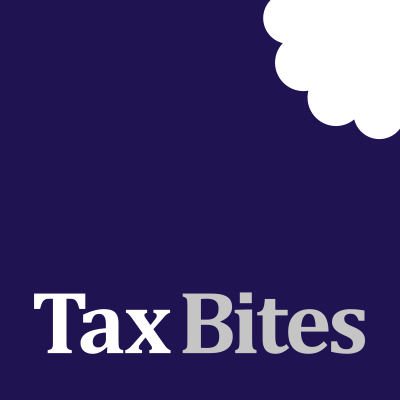
Maximise rate at which corporate losses are relieved
13th October 2023
Posted in Articles, Corporation Tax by Andrew Marr
From 1 April 2023 the main rate of corporation tax increased from 19% to 25%. Before this date, all companies paid corporation tax at 19% regardless of their size. To allow smaller companies to still benefit from lower rates, from 1 April 2023 the Government reintroduced ‘marginal relief’. This means that the 19% rate still applies to companies with taxable profits below a threshold of £50,000. For companies with taxable profits between £50,000 and £250,000 a relief applies to provide a transition to the full 25% rate. This means that a company within these two limits will pay an average rate of somewhere between 19% and 25%. This equates to a marginal tax rate of 26.5% between the two thresholds.
The £50,000 and £250,000 thresholds are divided where companies are associated. For example, for a group of two companies the relevant limits would be £25,000 and £125,000 for each company. This rule is broadly aimed at preventing lower rates being achieved by conducting activities through multiple different companies (although it is doubtful that anyone would do this because of the added administrative burden of having many different companies).
When corporation tax was at a single rate of 19%, a company with losses available would clearly want to claim loss relief in the earliest tax year possible. Furthermore, for groups of companies using group relief to surrender losses from one group company to another, it would generally make little difference (from a tax perspective) which company made the claim. Now that we have three different rates of corporation tax – 19% for small companies, 26.5% for marginal companies and 25% for large companies – the issue is more complicated and there is more scope to get things wrong.
Example
Take the example of a group which consists of four companies (A, B, C and D). Their respective trading profits and losses for the year ended 31 March 2024 are as follows:
Company A Profit of £10,000
Company B Profit of £70,000
Company C Profit of £30,000
Company D Loss of £80,000
All four companies are likely to be profitable going forward.
With there being four associated companies the small and large company thresholds become £12,500 and £62,500, respectively.
What should the group do with Company D’s losses? Company A is already paying tax at 19%, and so should be left until last. Noting that Company C is within the marginal band, reducing this company’s taxable profits will save tax immediately at 26.5%. However, once profits are brought below £12,500 relief will only be at 19% and so it makes sense to limit the group relief claim to £17,500 initially. This then leaves £62,500 of losses, which are allocated entirely to Company B, reducing its taxable profits down to £7,500.
Whilst this is the most efficient allocation, it should be noted that the last £5,000 of losses allocated to Company B have only saved tax at 19%. If the group expects higher profits in the next period then it may be better to limit Company B’s group relief claim to £57,500 and carry the £5,000 forward to the next period where tax could be saved at either the 25% or 26.5% rates. Since 1 April 2017 it has also been possible to group relieve carried forward losses and so there could be plenty of opportunities here.
Of course, this means that more corporation tax will be payable now. However, if you compare paying tax at 26.5% to the 19% rate, this equates to a nearly 40% increase in the amount of tax payable which represents an excellent return on investment.
Another example involves a standalone company with brought forward trading losses. If the losses arose after 1 April 2017 the company has flexibility over the amount it can choose to offset against profits of future years. Consequently, a company with, say, £100,000 of brought forward losses and £100,000 of current year profits might only want to claim £50,000 of those losses (to get down to the 19% rate) and claim the remaining £50,000 in future years.
Forbes Dawson view
The above examples show how the new rates have added a tax planning dimension which did not exist previously. With a fairly simple planning approach, reasonable savings can be made. These amounts may seem like trivial sums. However, for, say, £100,000 of losses, the difference between obtaining relief at 19% and 26.5% would amount to £7,500. This will probably pay for a few years’ worth of tax returns!



